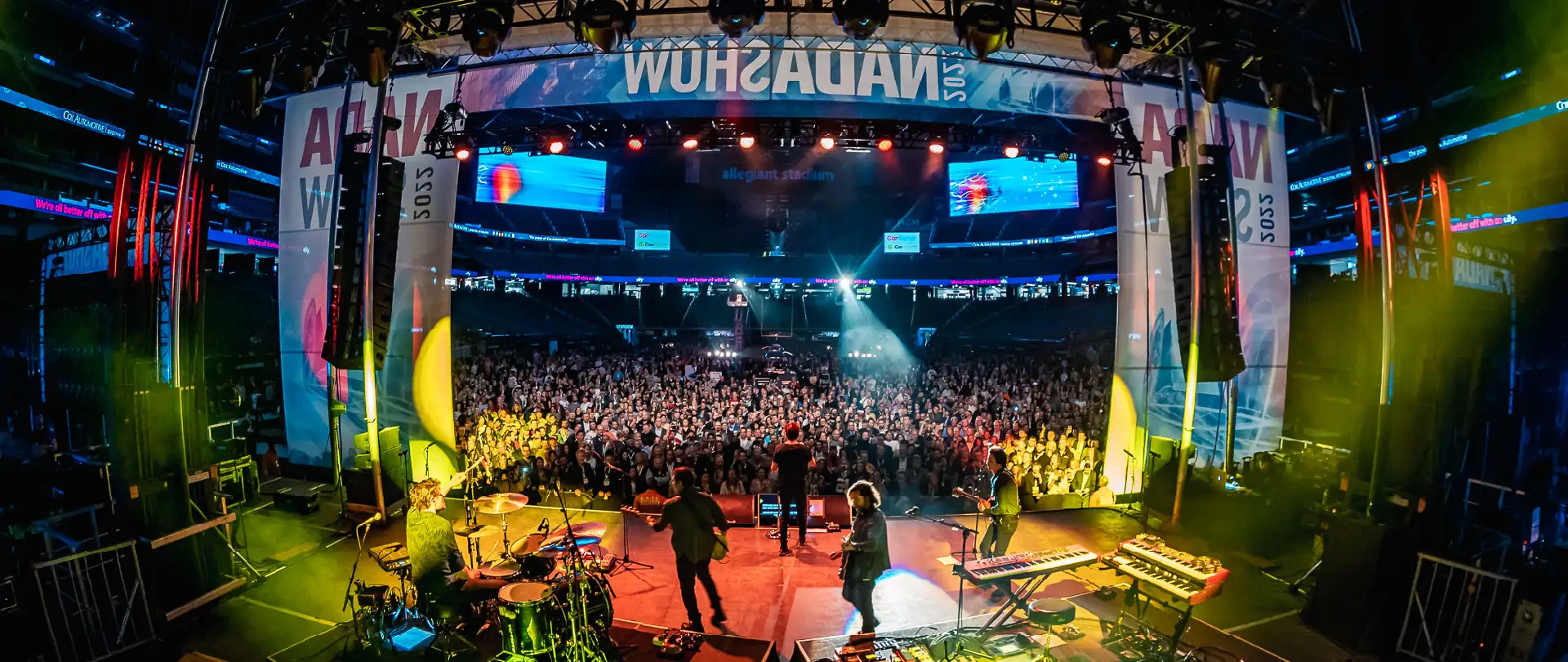The initial phase in footage projection on curved surfaces is to understand the shape of the area. Rounded surfaces can be complex, with varying degrees of curvature. To attain a smooth display, it is important to create a 3D model of the surface. This model helps in visualizing how the video will look when projected. Software tools are available that permit users to develop these representations and mimic the display. By accurately aligning the measurements and shapes of the area, designers can ensure that the video aligns perfectly without distortion.
Once the 3D model is prepared, the next step is to edit the footage material. This involves editing the footage to fit the specific shape and dimensions of the rounded surface. It is crucial to consider the perspectives and sightlines from which the audience will view the display. The material should be designed to enhance the aesthetic encounter, making it engaging and relevant to the concept of the occasion or installation. Using high-quality visuals and motion graphics can significantly enhance the overall impact of the display.
After editing the content, the actual display process begins. This includes setting up the projectors at the correct positions and spaces to ensure that the video matches with the 3D model. Calibration is a crucial part of this procedure. It may require modifying the luminosity, differentiation, and sharpness of the click over here projectors to obtain the optimal results. Additionally, using multiple devices may be necessary to encompass bigger or more complex surfaces. This method, known as seamless projection, helps create a continuous visual across the entire area.

Ultimately, trialing the projection is crucial before the final show. This enables creators to make any required modifications to the video and projector configurations. It is also an chance to see how the viewers will experience the projection from different perspectives. By ensuring that the video projection is flawless, designers can provide a stunning aesthetic encounter that leaves a lasting impression. Mastering video projection on rounded surfaces not only improves creative expression but also creates new opportunities for narrative and viewer engagement in multiple environments.